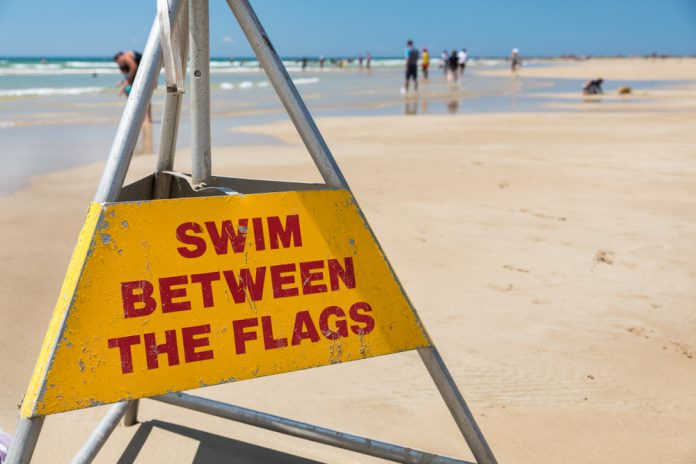Lifesavers have urged people think twice before rushing into the ocean to rescue others amid an increase in tragic bystander drownings.
New statistics reveal 69 people in Australia drowned between 2004 and 2020 attempting to save someone else in trouble, and more often than not it was a loved one.
Just this month on the Sunshine Coast, two men died while trying to rescue a child who got caught in a rip at Teewah Beach.
The vast majority (71 per cent) of fatal bystander rescues happened in regional or remote areas, with 78 per cent located more than 1km from the nearest surf lifesaving service.
In nearly all cases, the rescuer who died did not have the aid of a floatation device.
“Already this summer we have seen more lives lost while attempting to save others,” Surf Life Saving Australia general manager coastal safety Shane Daw said.
“We have seen this season the heart-breaking loss some families have experienced when loved ones have attempted to rescue their friends and families only to get in trouble themselves.
“It’s important to look out for your mates and your loved ones this Christmas – and also do the right thing, swim between the flags and understand your limitations.”
Surf Life Saving Queensland (SLSQ) lifesaving operations manager Jack McNeil said the new data on bystander deaths was collected from regional coroners for the first time.
“It is something that is increasing and it is something that is concerning,” he said.
Mr McNeil urged people not to instinctively race into the water to save a loved one but to stop and call for help.
“One person in trouble can quickly turn into two which can turn into three,” he warned.
“Stop and think; call for help. Calling triple zero is the best way. The next best thing is to throw a floatation to them.
“It could be a floatie or an esky, a body board – anything you can throw out, whatever will float, anything to stop you going in.”
Mr McNeil warned that people often under-estimated how dangerous it was performing a rescue without equipment and water skills.
“When you do your bronze medallion they tell you never go in without equipment; it’s one of the most dangerous things a lifesaver can do,” he explained.
“It’s really hard to hold someone above the water without floatation. The person is panicking and often they push you under because they are not thinking properly and are trying to get out of the water.”
Mr McNeil said many Australians also over-estimated their own ability in the ocean.
Rip currents are the leading hazard and can change shape and location quickly, with some 17,000 rips on any given day in Australia.
“The safest way for all Australians to enjoy our coastline this summer is to find a patrolled beach and swim between the red and yellow flags,” Mr Daw said.
“If you do find yourself at an unpatrolled location, stop, look and plan before entering the water,” he said.
For more information visit www.beachsafe.org.au or download the BeachSafe APP.





